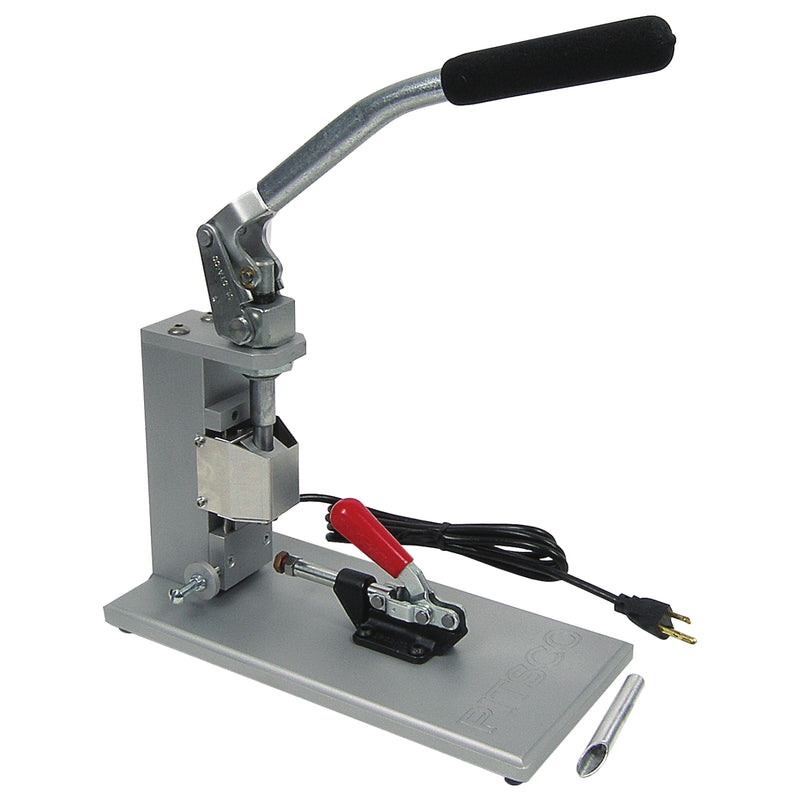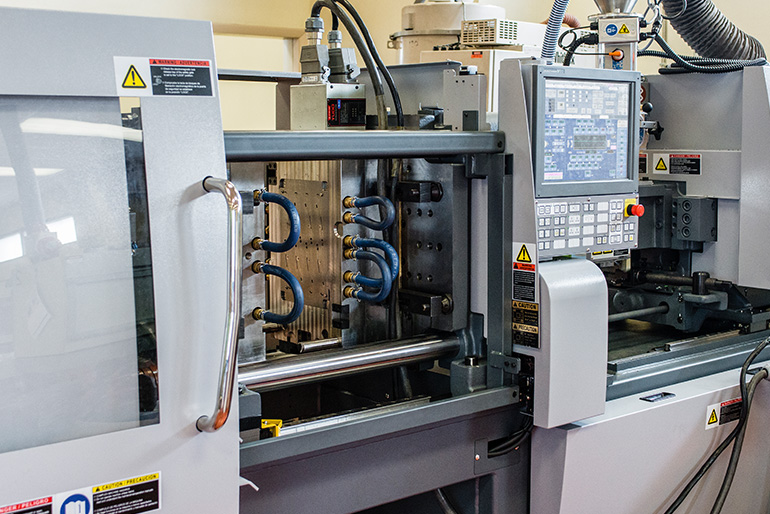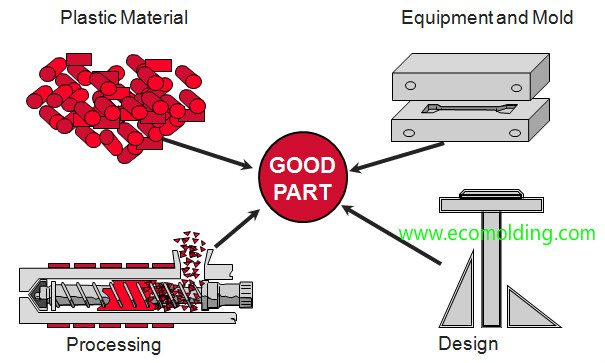The Effect of Plastic Injection Molding on Lowering Production Expenses and Waste
The Effect of Plastic Injection Molding on Lowering Production Expenses and Waste
Blog Article
Understanding the Fundamentals of Plastic Injection Molding Procedures
Plastic injection molding serves as a keystone of modern-day manufacturing, giving a methodical method to producing intricate parts with precision. Checking out these crucial components might expose how even minor changes can lead to considerable enhancements in manufacturing outcomes, increasing inquiries about the potential for technology in this well-known procedure.
What Is Plastic Shot Molding?
Plastic injection molding is a widely utilized production procedure that transforms thermosetting and thermoplastic products right into exact and complicated shapes. This strategy is favored for its ability to produce high volumes of the same get rid of phenomenal accuracy, making it an indispensable approach in numerous markets, consisting of automobile, customer goods, and clinical devices.
The process includes thawing the selected plastic product and infusing it into a mold and mildew under high pressure. The mold, made to the specifications of the desired part, allows the molten plastic to materialize as it strengthens and cools. When the product has hardened, the mold is opened, and the ended up part is expelled.
Plastic injection molding uses several advantages, including minimized waste, uniformity in production, and the capability to integrate elaborate layouts that might be challenging with other producing methods. In addition, it sustains a broad series of products, each providing unique residential or commercial properties that can be tailored for specific applications. As industries remain to introduce, plastic shot molding continues to be at the center, enabling the advancement of sophisticated products that meet developing consumer demands.
The Injection Molding Refine
The shot molding process is a sophisticated technique that involves several crucial phases to create high-quality plastic components. Plastic pellets are fed into a heated barrel where they are thawed right into a thick liquid. This molten plastic is after that injected under high stress right into a precision-engineered mold, which shapes the material into the wanted type.
When the mold is loaded, the plastic is permitted to cool down and solidify, taking the shape of the mold cavity. Air conditioning time is vital, as it impacts the cycle time and the last homes of the molded part. After sufficient air conditioning, the mold opens up, and the ended up component is expelled making use of ejector pins.

Materials Used in Injection Molding
Various products can be utilized in the injection molding procedure, each offering special residential properties that cater to specific applications. The most frequently utilized materials include thermoplastics, thermosetting plastics, and elastomers.

Thermosetting plastics, like epoxy and phenolic resins, undergo a chemical change during the treating procedure, leading to a stiff, stringent framework. These materials are suitable for applications needing high heat resistance and structural stability, frequently made use of in electrical insulators and vehicle components.
Elastomers, including silicone and rubber-based materials, supply versatility and strength. Their special homes make them appropriate for applications that require elasticity, such as seals and gaskets.
Furthermore, specialty products like bio-based plastics and composites are obtaining traction for their ecological benefits and enhanced performance qualities, widening the scope of injection molding applications in various markets. Recognizing the residential or commercial properties of these products is essential for selecting the ideal kind for certain jobs.
Benefits of Shot Molding
Shot molding attracts attention as a very reliable production process that offers numerous benefits for generating complex get rid of accuracy. Among the most substantial advantages is the capability to produce elaborate designs that would certainly be difficult or tough to attain with various other techniques (Plastic Injection Molding). The process permits tight resistances and thorough functions, ensuring top quality components
Additionally, shot molding is understood for its fast manufacturing abilities, making it a perfect you can try these out choice for high-volume production. As soon as the mold is created, components can be produced promptly, lowering lead times and enhancing total performance. This effectiveness not just reduces manufacturing prices yet additionally provides an affordable edge on the market.
The flexibility of products made use of in injection molding better boosts its appeal. A variety of thermoplastics and thermosetting polymers can be employed, permitting suppliers to choose products that best satisfy their particular needs, including warmth, flexibility, and strength resistance.
In addition, the process reduces waste, as excess material can frequently be reused and reused. This sustainability facet contributes to a reduced ecological effect, making injection molding a responsible production option. In general, the advantages of injection molding make it a recommended approach for many industries.
Factors Influencing Product Quality
While various elements can influence product quality in injection molding, understanding these components is important for attaining optimal outcomes. Trick aspects include material choice, processing specifications, and mold design.
Material option plays a crucial role, as different polymers show distinct residential properties that impact flowability, stamina, and thermal security. Insufficient product option can cause defects such as bending or insufficient filling.
Processing criteria, including temperature level, cycle, and stress time, have to be carefully managed. Variants in these setups can cause inconsistencies partially measurements and surface area finish. As an example, exceedingly heats may cause degradation of the polymer, while inadequate stress can lead to short shots.
Mold design is similarly essential, as it determines the circulation check these guys out of the molten plastic and the cooling procedure. Improperly developed mold and mildews may result in unequal air conditioning rates, causing residual stresses and dimensional inaccuracies.

Conclusion
In conclusion, other plastic injection molding works as a crucial manufacturing process that allows the effective manufacturing of top quality elements. Proficiency of the injection molding process, including the understanding of products and the impact of different aspects on item high quality, is essential for achieving optimum outcomes. The advantages of this approach, such as cost-effectiveness and design flexibility, more highlight its importance throughout several markets, solidifying its condition as a preferred selection for high-volume manufacturing.
Plastic injection molding serves as a foundation of modern-day production, offering a methodical method to creating complex parts with precision.Plastic injection molding provides a number of advantages, including decreased waste, consistency in manufacturing, and the ability to incorporate intricate designs that might be testing with various other producing methods (Plastic Injection Molding). As industries proceed to innovate, plastic shot molding remains at the leading edge, making it possible for the advancement of innovative products that fulfill progressing consumer needs
The injection molding process is a sophisticated strategy that involves a number of key phases to create top quality plastic parts.In conclusion, plastic shot molding serves as a critical manufacturing procedure that enables the effective production of top quality parts.
Report this page